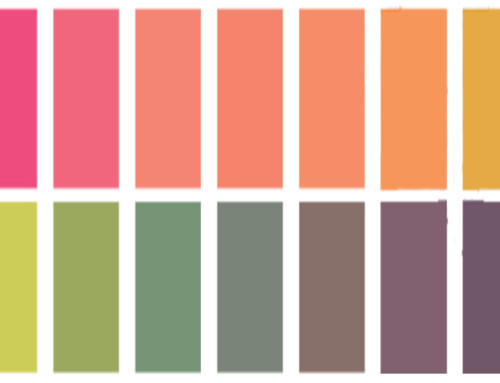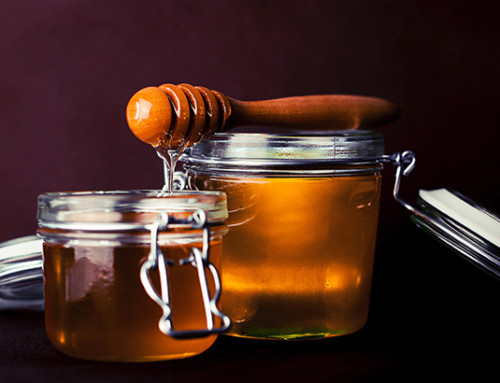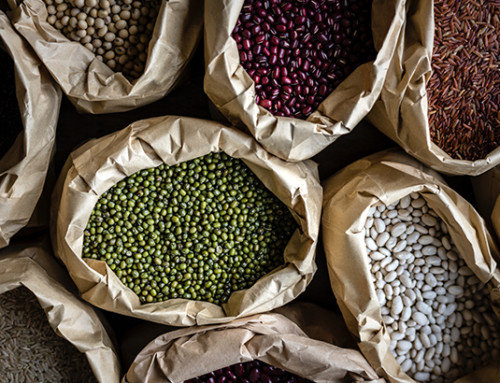This is a fun hands-on experiment for younger kids to introduce them to the pH scale. You won’t need any special materials for this project. Just a few household items and our universal pH test strips.
Materials
- Universal pH test strips
- Six clear containers
- Distilled water
- Tap water
- Pond water or water from some other outdoor source
- Vinegar
- Salt
- Baking soda
Instructions
Before beginning this experiment, you’ll want to go over the pH scale, explaining that it is a measurement of how acidic or alkaline a substance is. Check out this article that explains what pH is and has a great image of a pH scale.
- Fill one container with tap water. Label the bottom of the container, so you cannot see what it is when testing, but can still identify what the contents are.
- Fill one container with pond water. Again, label the bottom of the container.
- Fill one container with vinegar. Label the bottom.
- Fill one container with distilled water. Label the bottom.
- Fill another container with distilled water and add a couple tablespoons of salt. Label the bottom.
- Fill another container with distilled water and add a couple tablespoons of baking soda. Label the bottom.
- You should have 6 labeled containers: distilled water, tap water, pond water, vinegar, salt water, & baking soda water.
- You will need 6 pieces of Universal pH test strips, 1 for each solution.
- Dip a strip into each solution and place it in front of the container. Based on the color changes, have the children try to guess what solution they think is in each container. Now check the labels on the bottom to see if they were right.
- Line the containers up in order of most acidic to most basic.
Were you surprised by any of the results? Were any of the solutions similar in pH value? Discuss why water that is too acidic or too basic might be harmful to drink.
This is a great experiment because instead of using colored liquids, each solution is clear, or almost clear, so kids can guess what they think each solution is based on the pH and their understanding of the pH scale. Enjoy!







Leave A Comment